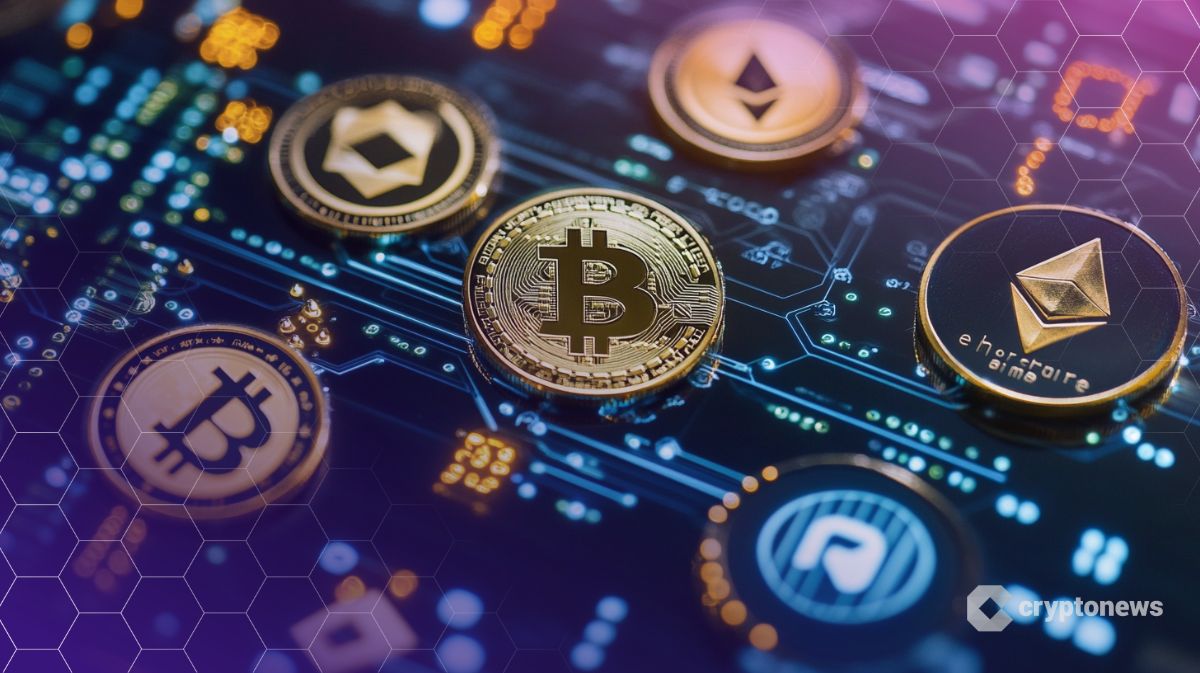Asia’s Richest Ditch U.S. Dollars for Crypto, Gold and Chinese Assets, UBS Reveals

Key Takeaways:
This approach reflects a broader industry trend of using creative financing methods in the crypto space. The move illustrates both the potential rewards and inherent risks of tying corporate strategy closely to cryptocurrency markets.During a Bloomberg event in Hong Kong on Tuesday, UBS executive Amy Lo revealed Asia’s billionaires are yanking cash from the U.S. dollar and investing in Bitcoin, gold, and Chinese assets. Lo, who co-heads UBS’s Asia-Pacific business, said growing geopolitical tensions and market swings are driving the shift.
The move is important because Asia’s wealth management industry is huge. The region held about $20.7 trillion in 2024 and is projected to expand to $37 trillion by 2029. UBS alone manages $678 billion in Asian assets.
Since the bank advises most of Asia’s billionaires, Lo’s insights reveal what the wealthiest investors are doing.
Why Asia’s Wealthy Are Betting Against the Dollar
Asia’s richest investors now invest more than 15% of their wealth in cryptocurrencies and gold. This marks a major move away from traditional U.S. dollar investments. The trend shows growing trust in Bitcoin as a reliable asset, similar to how gold gained status during the 2008 financial crisis.
A 2024 study by Aspen Digital revealed that 76% of Asia’s family offices and high-net-worth investors hold digital assets, an increase from 58% in 2022.
Many have boosted their crypto investments from less than 5% to over 10% of their portfolios. Singapore leads the shift, with 57% of wealthy investors planning to add more crypto in the next two years.
The change reflects a bigger transformation in Asia’s wealth management sector. Digital tools and AI-driven advice are reshaping how money is managed. The region’s affluent class could see their wealth grow from $2.7 trillion in 2021 to $3.5 trillion by 2026, according to another report.
Additionally, the turbulent U.S.-China trade relationship has forced wealthy investors to rethink their plans.
What started with President Trump’s 2018 trade war grew even tougher during his second term. At their peak, U.S. tariffs hit 145% on Chinese goods, while China fired back with duties up to 125%.
However, a diplomatic breakthrough on May 12, 2025, produced a tariff détente, with the U.S. reducing duties to 30% while China lowered its impositions to 10%.
This partial reconciliation has reignited interest in Chinese markets, particularly in technology, renewable energy, and consumer sectors that had previously suffered under maximum tariff regimes.
“We’re seeing strong new opportunities in China again,” said Christina Au-Yeung, who leads investment management at Morgan Stanley Private Wealth Asia.
Morgan Stanley now advocates a diversified portfolio comprising 40% fixed income, 40% equities, 15% alternatives, and the remainder in liquid assets, reflecting a more risk-calibrated approach among Asia’s affluent investors.
Could China’s Market Rebound Spark a Wider Regional Shift?
Despite persistent economic and geopolitical disparities, gold has reemerged as a premium asset class, propelling an extraordinary 25% surge in prices since January.
This rally has delivered both substantial returns and portfolio stabilization during turbulent market periods.
Simultaneously, cryptocurrency, particularly Bitcoin, has evolved from a speculative asset to a recognized digital store of value.
Institutional engagement continues to accelerate this transformation, with Jay Jacobs, BlackRock’s Head of Thematics and Active ETFs, observing that numerous nations are actively diversifying away from U.S. dollar reserves toward gold and Bitcoin.
This parallel rise of traditional and digital safe-haven assets coincides with shifting central bank policies across Asia.
Recent IMF data shows the dollar’s share of global foreign exchange reserves has declined to 57.4%, down from 70% two decades ago, while gold reserves among Asian central banks have increased by 23% since 2021.
These macroeconomic shifts provide structural support for the asset reallocation trends observed among retail investors.
Frequently Asked Questions
This is a large sum and marks a structural change, as wealthy investors traditionally held less than 5% in alternatives. Many high-net-worth investors are increasingly moving towards alternative assets like Bitcoin and gold.
Emerging markets like Latin America and the Middle East are already testing similar moves.
This is unlikely to happen. The move to diversify into crypto, gold, and other assets is here to stay. This is because recent events have shown how risky it is to rely too much on any single investment.
The post Asia’s Richest Ditch U.S. Dollars for Crypto, Gold and Chinese Assets, UBS Reveals appeared first on Cryptonews.



